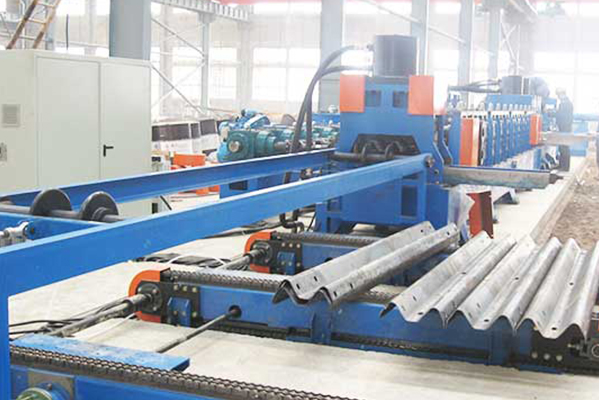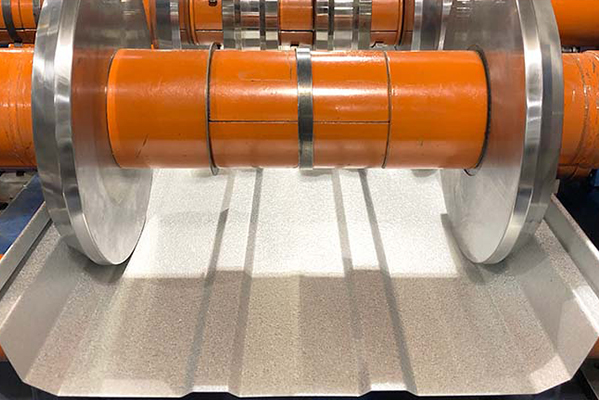Navigation Menu
Contact Us
- Email:
- info@wxavatar.com
- Address:
- Yurong Village, Yuqi Street, Huishan District, Wuxi, China.
Release Date:Nov 14, 2024 Visit:103 Source:ROLL FORMING MACHINES LTD
In the realm of high-volume manufacturing, precision, efficiency, and cost-effectiveness are paramount. Among the various metal forming processes, roll forming stands out as a reliable and versatile solution that significantly streamlines production. The roll forming machine process is designed to continuously bend and shape metal strips into desired cross-sections, offering numerous advantages that make it an indispensable tool for large-scale manufacturing operations.

The roll forming process begins with a flat metal strip being fed into the machine. As the strip passes through a series of precision-engineered rolls, it gradually takes the shape of the final product. This gradual deformation ensures that the metal retains its structural integrity while achieving the desired accuracy in shape and size. The use of multiple rolls, each tailored to a specific stage of the forming process, allows for intricate shapes to be produced with remarkable precision.
One of the key benefits of the roll forming machine process is its ability to handle high-volume manufacturing efficiently. The continuous nature of the process means that metal strips can be fed into the machine at a consistent rate, resulting in a steady output of formed parts. This eliminates the need for batch processing, which can be time-consuming and prone to inconsistencies. Instead, roll forming allows for the seamless production of large quantities of parts, significantly enhancing overall productivity.
Furthermore, the roll forming process offers significant cost savings. The initial investment in roll forming machinery can be substantial, but the long-term benefits far outweigh the costs. The ability to produce a wide range of shapes and sizes with minimal tooling changes means that manufacturers can quickly adapt to new product requirements without significant additional expenses. Additionally, the precision of the roll forming process reduces waste and scrap rates, further lowering production costs.
The versatility of roll forming machines is another critical factor that streamlines high-volume manufacturing. These machines can be configured to produce a multitude of shapes and profiles, from simple angles and channels to complex custom sections. This flexibility allows manufacturers to diversify their product offerings without the need for extensive retooling or new equipment. As a result, roll forming machines are ideal for environments where product variety and rapid changeovers are the norm.
In addition to precision and cost-effectiveness, the roll forming process also offers enhanced safety and reduced labor requirements. Automated roll forming machines can be equipped with sensors and control systems that monitor the forming process in real-time, ensuring consistent quality and reducing the risk of operator error. This automation also minimizes manual handling, reducing the physical strain on workers and improving overall workplace safety.

Overall, the roll forming machine process is a powerful solution for high-volume manufacturing. Its ability to produce precise, consistent parts at a high rate of output, combined with significant cost savings and flexibility, makes it an essential tool for manufacturers across a wide range of industries. As manufacturing demands continue to evolve, the roll forming process will likely play an increasingly important role in streamlining production and driving efficiency in high-volume manufacturing operations.